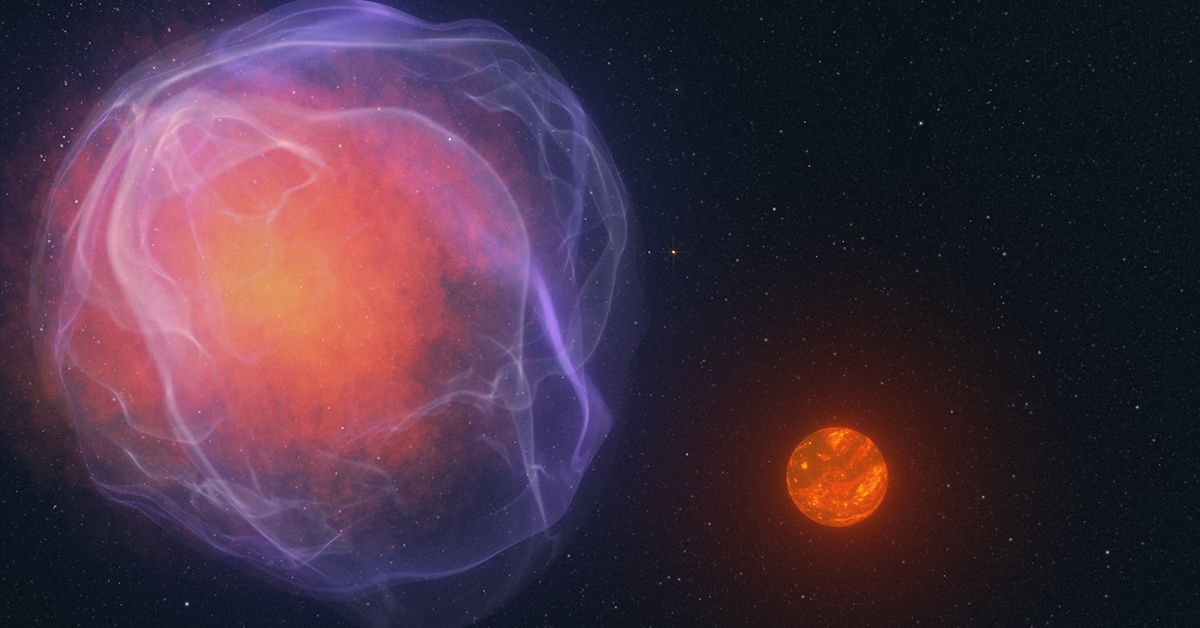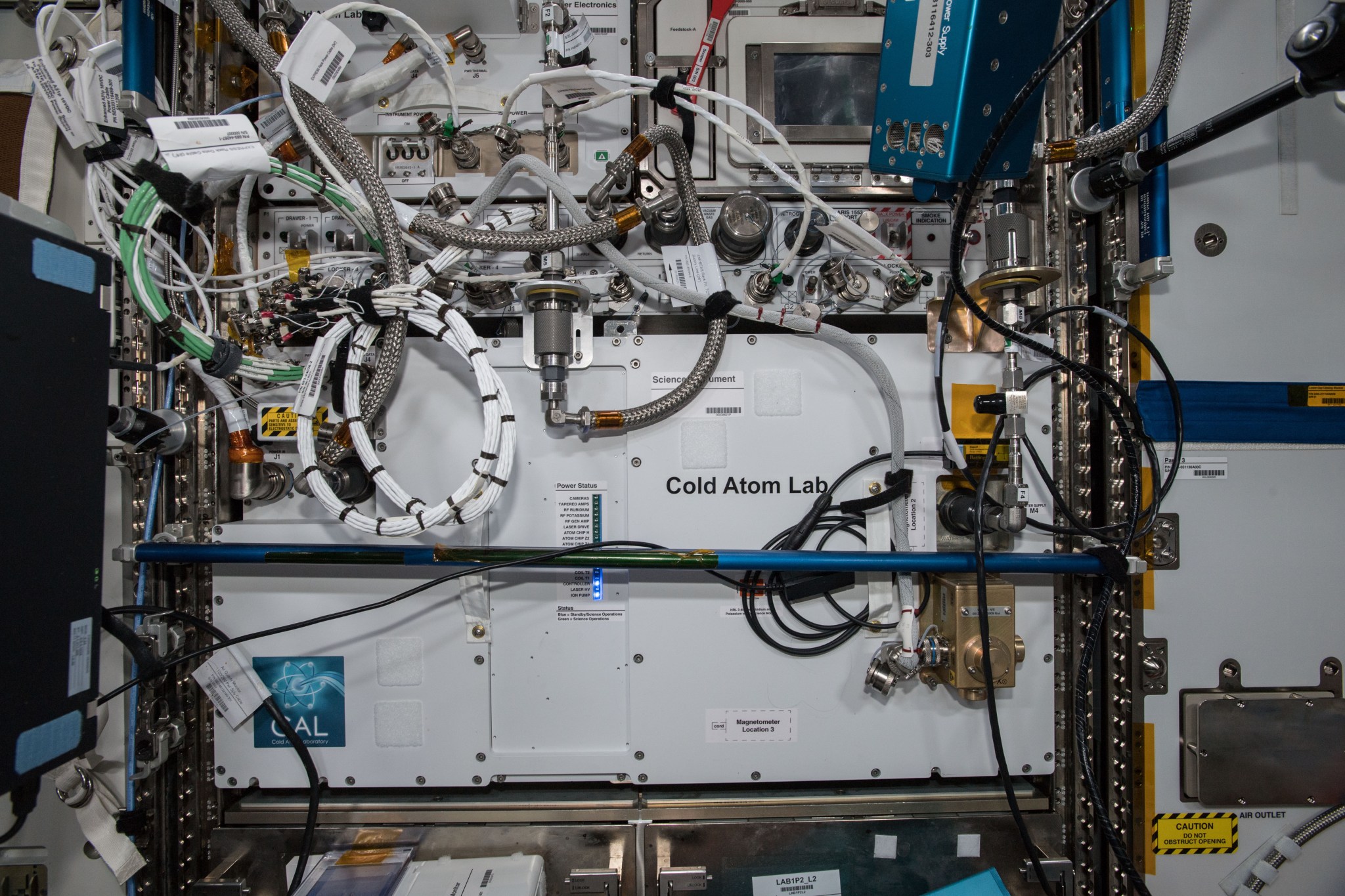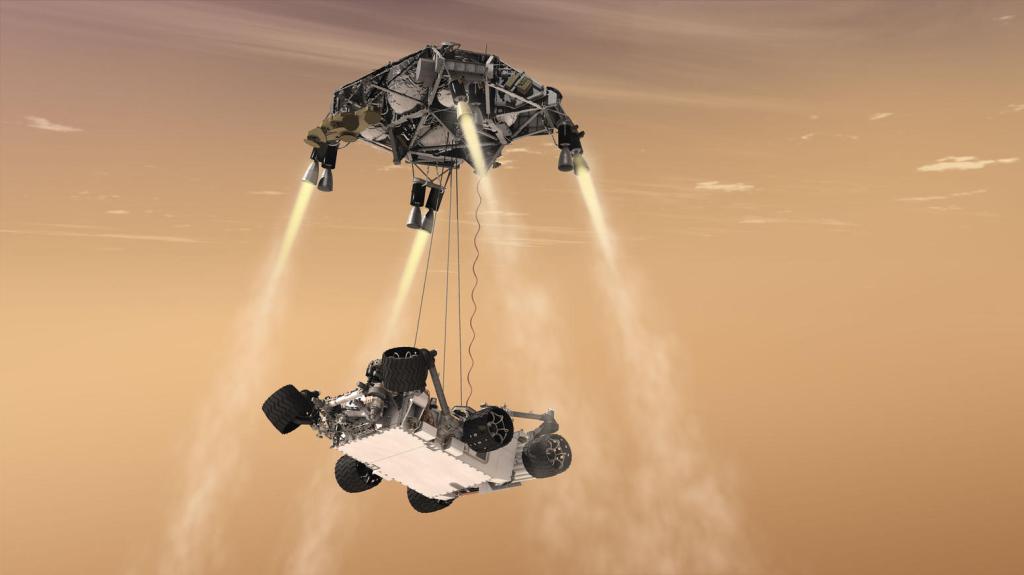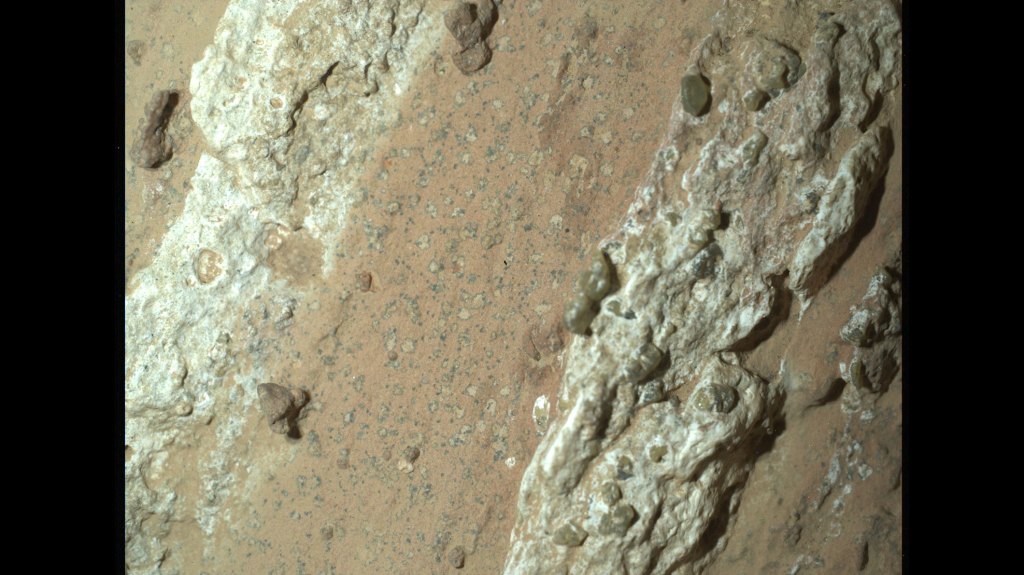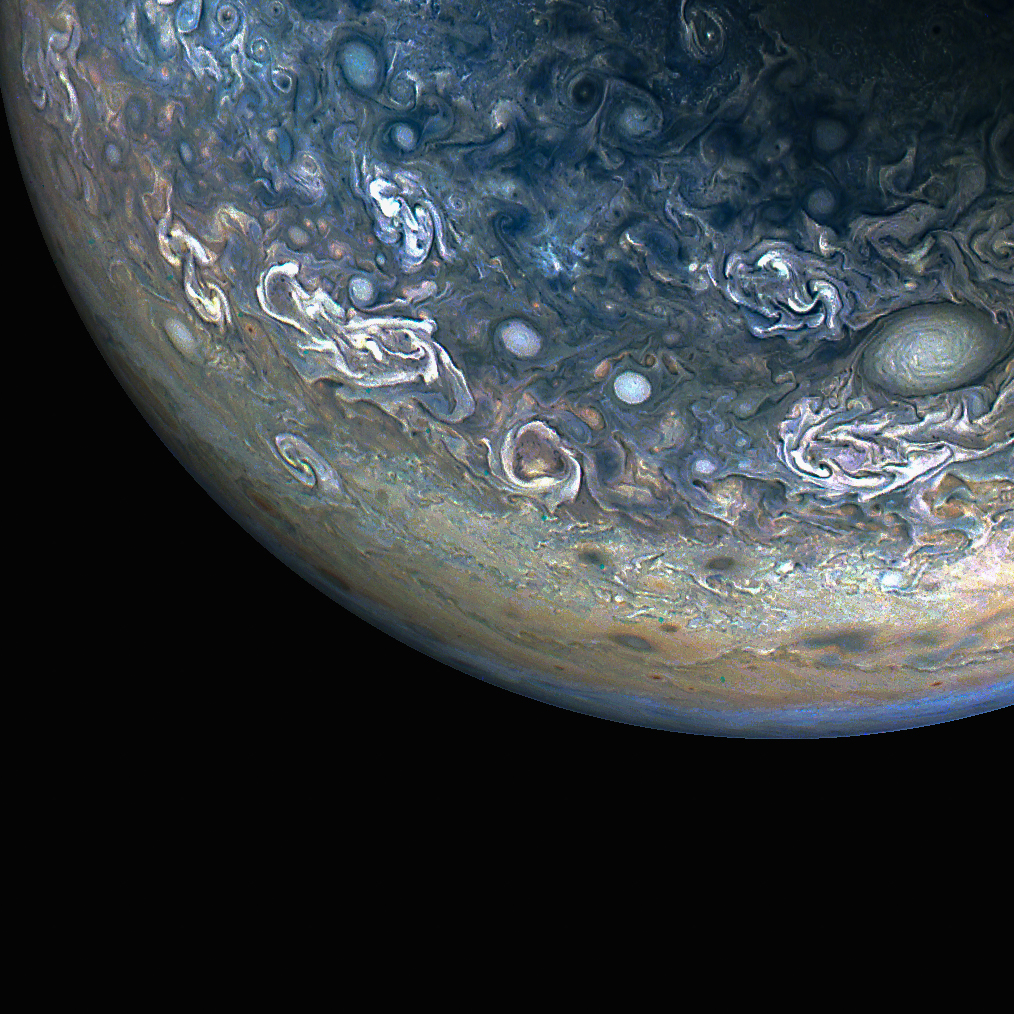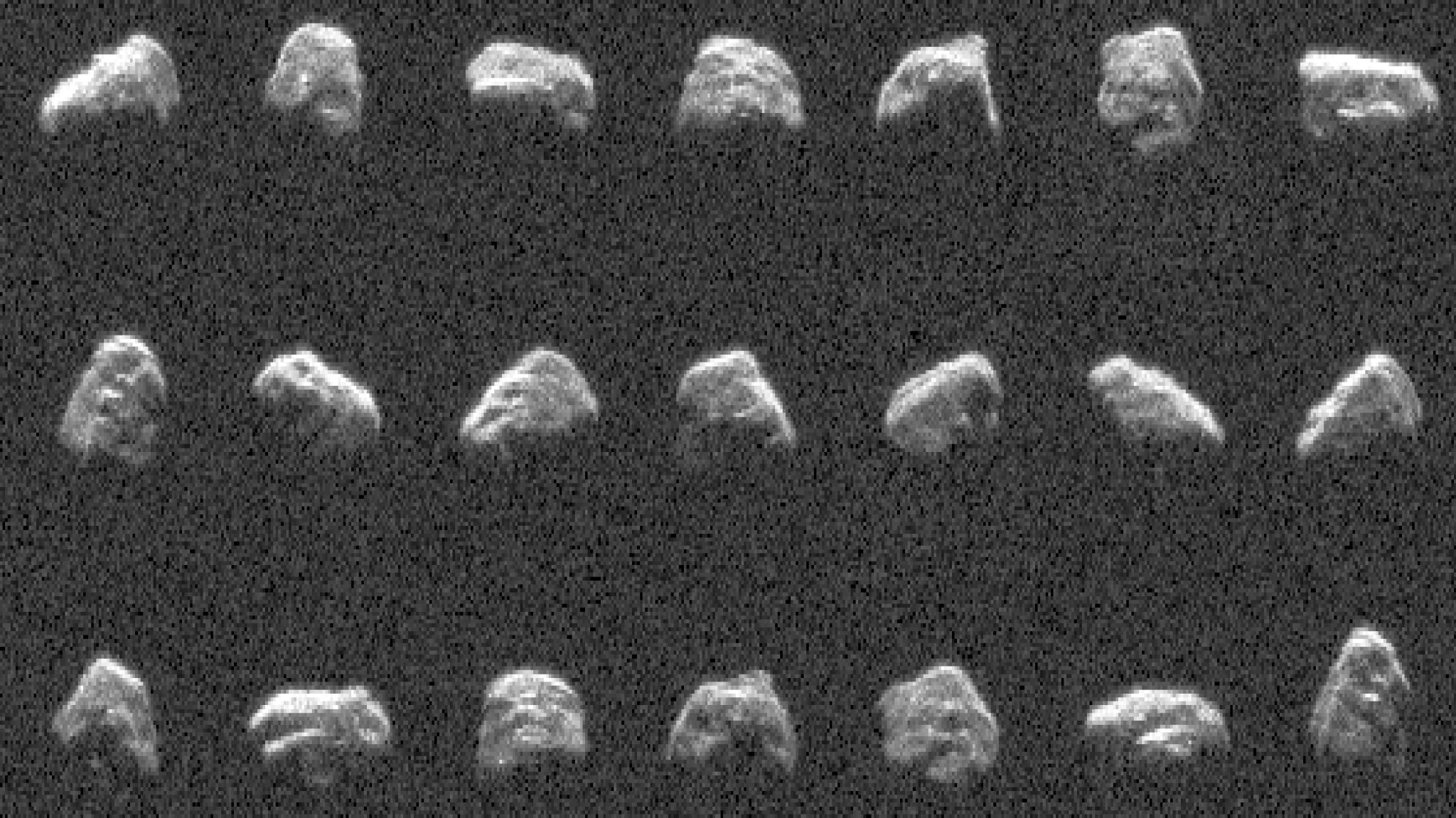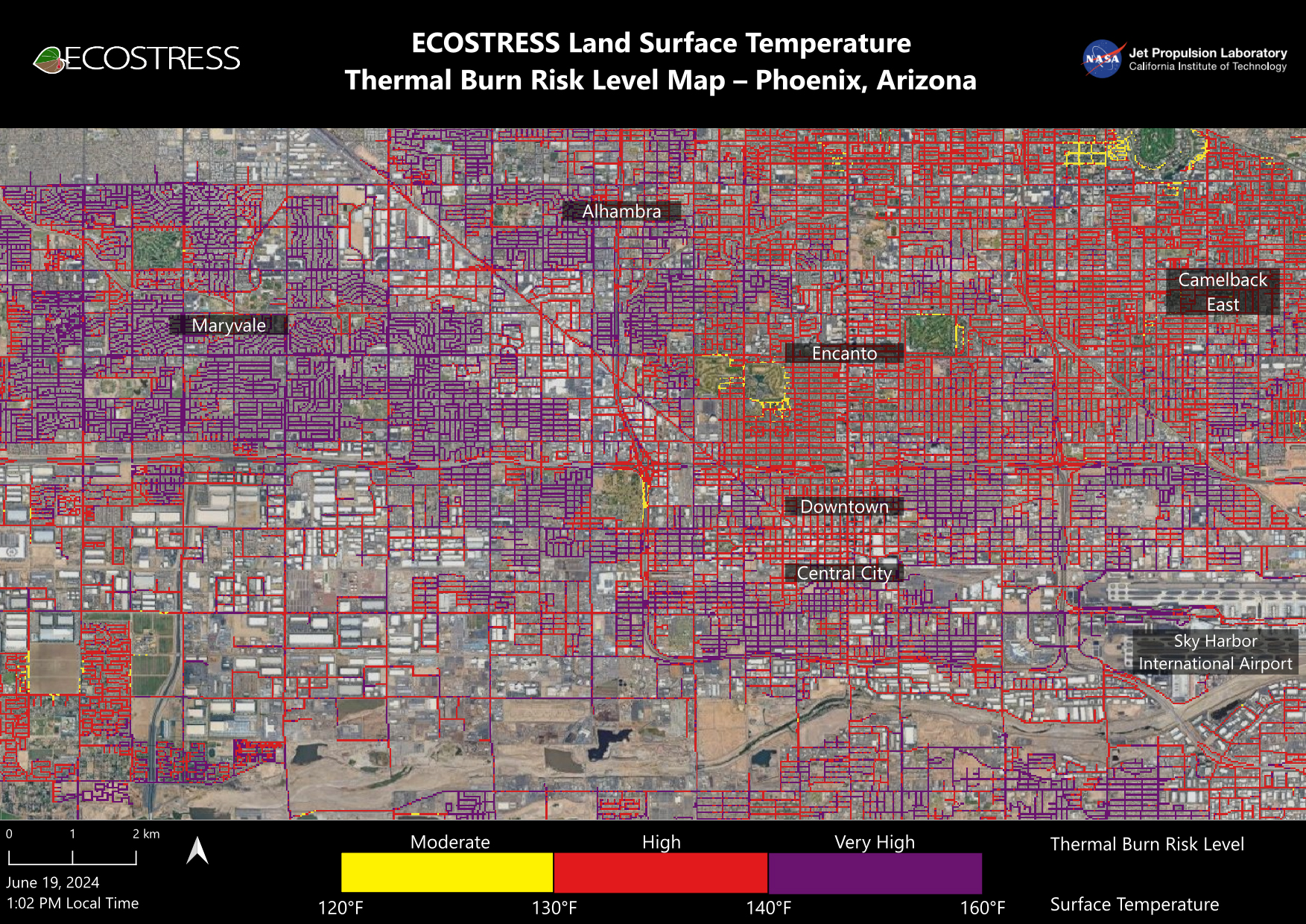4 min read NASA Citizen Scientists Spot Object Moving 1 Million Miles Per Hour This artist’s concept shows a hypothetical white dwarf, left, that has exploded as a supernova. The object at right is CWISE J1249, a star or brown dwarf ejected from this system as a result of the explosion. This scenario is one explanation for where CWISE J1249 came from. W.M. Keck Observatory/Adam Makarenko Most familiar stars peacefully orbit the center of the Milky Way. But citizen scientists working on NASA’s Backyard Worlds: Planet 9 project have helped discover…
Read MoreTag: Jet Propulsion Laboratory
NASA Demonstrates ‘Ultra-Cool’ Quantum Sensor for First Time in Space
NASA’s Cold Atom Lab, shown where it’s installed aboard the International Space Station, recently demonstrated the use of a tool called an atom interferometer that can precisely measure gravity and other forces — and has many potential applications in space. NASA/JPL-Caltech Future space missions could use quantum technology to track water on Earth, explore the composition of moons and other planets, or probe mysterious cosmic phenomena. NASA’s Cold Atom Lab, a first-of-its-kind facility aboard the International Space Station, has taken another step toward revolutionizing how quantum science can be used…
Read MoreHere’s How Curiosity’s Sky Crane Changed the Way NASA Explores Mars
5 min read Preparations for Next Moonwalk Simulations Underway (and Underwater) This artist’s concept shows how NASA’s Curiosity Mars rover was lowered to the planet’s surface using the sky crane maneuver. NASA / JPL-Caltech The rocket-powered descent stage that lowered NASA’s Curiosity onto the Martian surface is guided over the rover by technicians at the agency’s Kennedy Space Center in September 2011, two months before the mission’s launch. NASA/Kim Shiflett Twelve years ago, NASA landed its six-wheeled science lab using a daring new technology that lowers the rover using a…
Read MoreAstroViz: Iconic Pillars of Creation Star in NASA’s New 3D Visualization
Learn Home AstroViz: Iconic Pillars of… For Educators Overview Learning Resources Science Activation Teams SME Map Opportunities More Science Stories Science Activation Highlights Citizen Science 4 min read AstroViz: Iconic Pillars of Creation Star in NASA’s New 3D Visualization NASA’s Universe of Learning – a partnership among the Space Telescope Science Institute (STScI), Caltech/IPAC, the Center for Astrophysics | Harvard & Smithsonian, and the Jet Propulsion Laboratory and part of the NASA Science Activation program portfolio – recently released a new 3D visualization of the towering clouds of cosmic…
Read MoreNASA’s Perseverance Rover Scientists Find Intriguing Mars Rock
7 min read Preparations for Next Moonwalk Simulations Underway (and Underwater) NASA’s Perseverance rover discovered “leopard spots” on a reddish rock nicknamed “Cheyava Falls” in Mars’ Jezero Crater in July 2024. Scientists think the spots may indicate that, billions of years ago, the chemical reactions in this rock could have supported microbial life; other explanations are being considered. NASA/JPL-Caltech/MSSS An annotated version of the image of “Cheyava Falls” indicates the markings akin to leopard spots, which have particularly captivated scientists, and the olivine in the rock. The image was captured…
Read MoreNASA’s Juno Mission Captures the Colorful and Chaotic Clouds of Jupiter
Image data: NASA/JPL-Caltech/SwRI/MSSSImage processing by Gary Eason © CC BY During its 61st close flyby of Jupiter on May 12, 2024, NASA’s Juno spacecraft captured this color-enhanced view of the giant planet’s northern hemisphere. It provides a detailed view of chaotic clouds and cyclonic storms in an area known to scientists as a folded filamentary region. In these regions, the zonal jets that create the familiar banded patterns in Jupiter’s clouds break down, leading to turbulent patterns and cloud structures that rapidly evolve over the course of only a few…
Read MoreNASA-Funded Studies Explain How Climate Is Changing Earth’s Rotation
6 min read Preparations for Next Moonwalk Simulations Underway (and Underwater) The Arctic is captured in this 2010 visualization using data from NASA’s Aqua satellite. A new study quantifies how climate-related processes, including the melting of ice sheets and glaciers, are driving polar motion. Another study looks at how polar meltwater is speeding the lengthening of Earth’s day. NASA’s Scientific Visualization Studio Researchers used more than 120 years of data to decipher how melting ice, dwindling groundwater, and rising seas are nudging the planet’s spin axis and lengthening days. Days…
Read MoreHere’s How AI Is Changing NASA’s Mars Rover Science
6 min read Preparations for Next Moonwalk Simulations Underway (and Underwater) To view this video please enable JavaScript, and consider upgrading to a web browser that supports HTML5 video In this time-lapse video of a test conducted at JPL in June 2023, an engineering model of the Planetary Instrument for X-ray Lithochemistry (PIXL) instrument aboard NASA’s Perseverance Mars rover places itself against a rock to collect data. NASA/JPL-Caltech Artificial intelligence is helping scientists to identify minerals within rocks studied by the Perseverance rover. Some scientists dream of exploring planets with…
Read MoreNASA’s Planetary Radar Tracks Two Large Asteroid Close Approaches
The Goldstone Solar System Radar, part of NASA’s Deep Space Network, made these observations of the recently discovered 500-foot-wide (150-meter-wide) asteroid 2024 MK, which made its closest approach — within about 184,000 miles (295,000 kilometers) of Earth — on June 29. NASA/JPL-Caltech The Deep Space Network’s Goldstone planetary radar had a busy few days observing asteroids 2024 MK and 2011 UL21 as they safely passed Earth. Scientists at NASA’s Jet Propulsion Laboratory in Southern California recently tracked two asteroids as they flew by our planet. One turned out to have…
Read MoreNASA’s ECOSTRESS Maps Burn Risk Across Phoenix Streets
3 min read Preparations for Next Moonwalk Simulations Underway (and Underwater) NASA’s ECOSTRESS instrument on June 19 recorded scorching roads and sidewalks across Phoenix where contact with skin could cause serious burns in minutes to seconds, as indicated in the legend above. NASA/JPL-Caltech Roads and sidewalks in some areas get so hot that skin contact could result in second-degree burns. Researchers at NASA’s Jet Propulsion Laboratory in Southern California have mapped scorching pavement in Phoenix where contact with skin — from a fall, for example — can cause serious burns.…
Read More